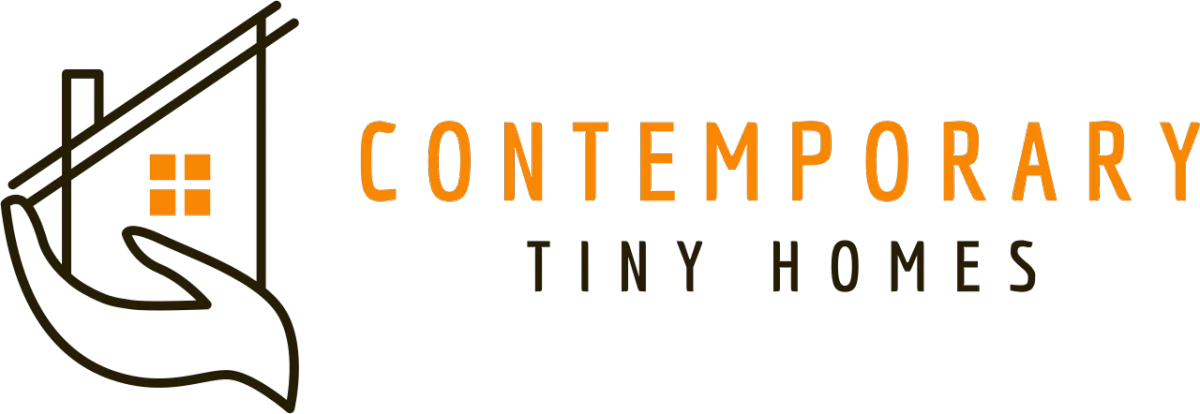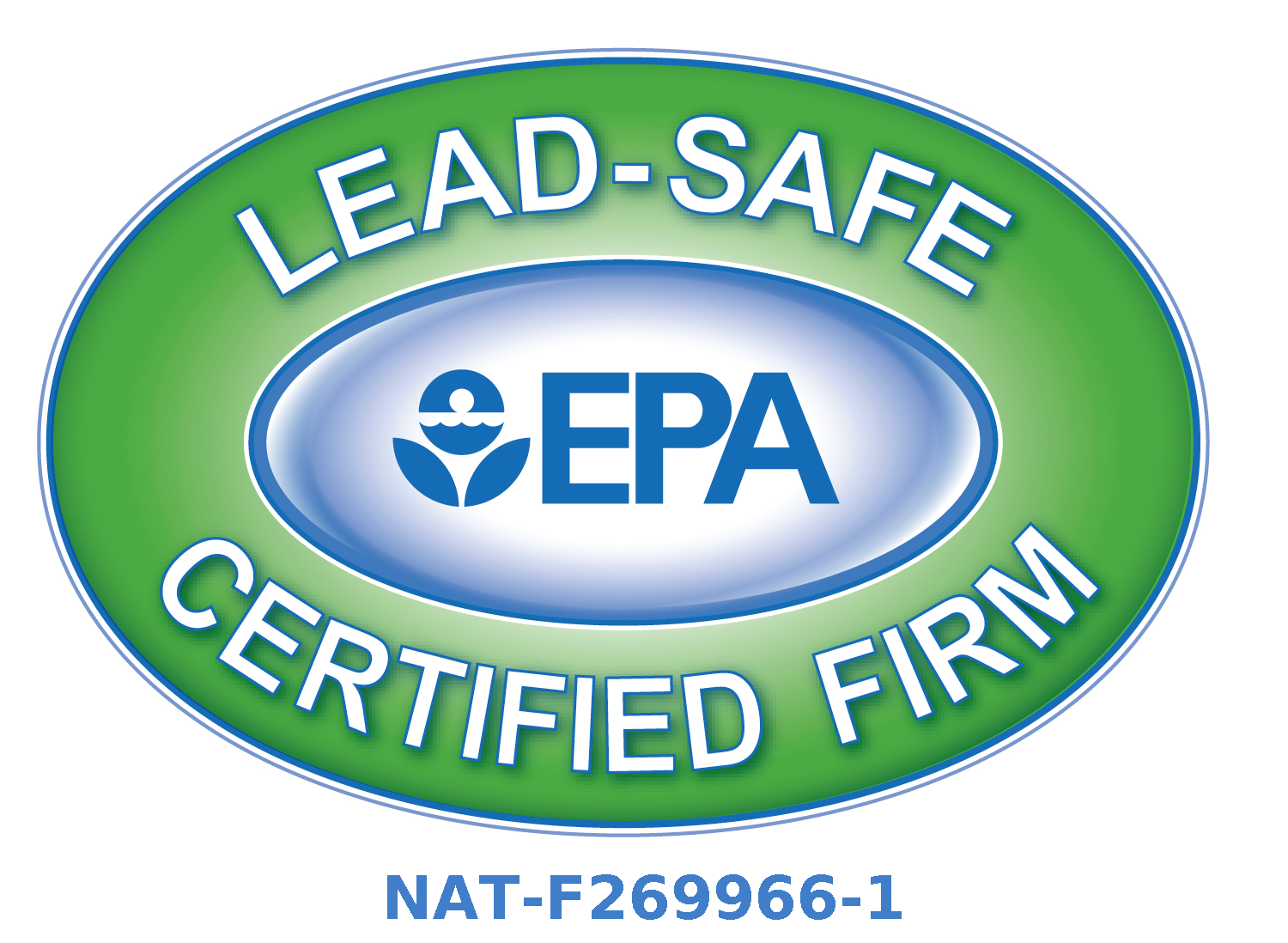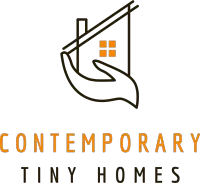Knowledge Center: Your Go-To Resource for ADUs and Tiny Living
Knowledge Center: Your Go-To Resource for ADUs and Tiny Living
Email [email protected]
Phone 860-TINY-HOM (es)

What role do ADUs play in addressing urban housing shortages?
As cities face increasing demand for affordable and flexible housing, Accessory Dwelling Units (ADUs) have gained remarkable attention as a practical and sustainable solution. Also known as granny flats, backyard cottages, or in-law suites, ADUs allow homeowners to add living space on their existing property — offering both versatility and efficiency.
This article explores how ADUs help tackle urban housing shortages, the policies shaping their development, community considerations, and what the future looks like for ADUs in growing cities.
The Current Urban Housing Challenge
Why Urban Areas Face Housing Shortages
Urban housing shortages are primarily driven by:
Rapid population growth and urban migration
Limited available land for new large-scale housing
Rising construction costs and slow development cycles
As demand continues to exceed supply, available housing becomes more competitive and expensive.
Impact on Affordability and Accessibility
Housing scarcity results in:
Higher rental and property costs
Increased displacement as more residents are priced out
Reduced access to schools, transportation, and essential services
The result is a widening gap between available housing and what working families can realistically afford.

How ADUs Help Address Housing Shortages
Expanding Housing Stock Without Major Land Use Changes
ADUs increase housing density thoughtfully — within existing neighborhoods — without requiring large developments or altering community character.
More Affordable Living and Rental Income Opportunities
For renters, ADUs often provide below-market rental rates.
For homeowners, they offer:
Additional income from rent
A flexible space for multigenerational living
Increased property value
Sustainable and Efficient Urban Growth
ADUs utilize existing infrastructure — water, sewer, roads — reducing environmental impact and urban sprawl.
They also encourage walkable communities and can reduce reliance on cars.
Policy and Regulation: What Enables (or Limits) ADU Growth
Zoning Regulations and Permits
Clear and simplified zoning processes are essential. Restrictive zoning, long permit timelines, or high fees can discourage homeowners from building ADUs.
Incentives and Government Support
Many cities are adopting:
Permit fee reductions or waivers
Pre-approved ADU design plans
Grants or low-interest financing programs
These initiatives lower barriers and encourage wider ADU adoption.
Challenges in Implementation
Policymakers must address:
Neighborhood resistance (NIMBYism)
Concerns about infrastructure capacity
Ensuring ADUs are used as intended (not short-term rentals in some markets)

Community Perspectives and Adoption Challenges
Preserving Neighborhood Character
Some residents worry ADUs may:
Increase density too quickly
Affect street parking
Change the aesthetic of single-family neighborhoods
These concerns highlight the need for strong design standards and community education.
Equity and Access
ADUs offer opportunity — but only if accessible to everyone.
Challenges include:
Upfront construction costs
Limited financing options for low- to moderate-income homeowners
Cities must prioritize equitable programs so ADUs benefit diverse residents, not just those with capital.
Looking Ahead: The Future of ADUs in Urban Housing
Design Innovation and Smart Construction
Newer ADUs incorporate:
Modular and prefabricated construction
Sustainable materials
Smart home technology
These advancements reduce build times and costs, making ADUs even more appealing.
Collaborative Partnerships for Scalability
Cities, developers, and housing advocates are beginning to collaborate on:
Standardized ADU plans
Community education programs
Public-private financing solutions
Scaling ADU adoption requires cooperation — not just policy change.
Conclusion
ADUs represent one of the most promising strategies for overcoming urban housing shortages. With thoughtful policies, equitable programs, and community collaboration, ADUs can:
Expand the housing supply
Provide affordable living options
Support sustainable and inclusive growth
As cities plan for the future, integrating ADUs into long-term housing strategies will be a key step toward building more resilient and equitable communities.
FAQ
Are ADUs a viable solution in every city?
ADUs are effective where zoning and permitting allow them. Some cities have embraced ADUs, while others still have restrictive regulations.
How can homeowners navigate the permitting process?
Regulations vary, but working with an experienced architect or ADU builder simplifies compliance and speeds up approvals.
What concerns exist around ADUs?
Common concerns include parking, density, and neighborhood character — most of which can be addressed through design standards and community engagement.

Copyright 2025. All rights reserved. Norwalk, CT
Connecticut's New Home Construction Contractor License: #NHC.0017654
EPA Lead-Safe Certified NAT-F269966-1


